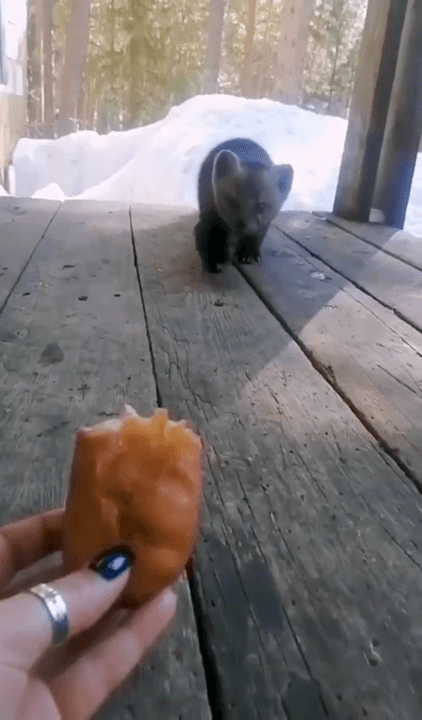Mammal - All
Trophy Universal: Urial
Ovis aries (lat.) is a species of mammal from the genus 🐏 rams, subfamily Capidae, family Bovidae.
ℹ️ An interesting combination of genetic traits could classify urials as both OVIS and Caprinae.
However, if we look at the species of trophy animals that make up the rating tables of various hunting clubs, such as KGO, SCI, GSCO, it follows that a urial trophy can only close a position in the OVIS category - rams.
❗️Urials are in the "vulnerable species" category, so many countries have begun to strengthen the populations of these animals, which are becoming rare. Hunting tourism has become one of the supports for countries in which the urial is an official hunting species. A limited number of licenses are issued for shooting, and good deductions from officially conducted hunts are returned to the economy of the regions where they live and sponsor environmental activities. We can safely say that all hunters who go hunting for urial in Iran, Pakistan, Uzbekistan invest in nature and replenishment of the population of this amazing animal 💜
🏹 Stalker offers hunting for Blanford's urial in 🇵🇰 Pakistan.
🤑 Discounts are currently available on the combination of Blanford's urial + Sindh goat.
More information about urial hunting is on our website, in messengers and by phone ⬇️
🌐 https://stalker-group.ru
💬 write to Telegram (https://t.me/safari_stalker)
📞 +7 903 755-79-05
#urial_hunting
The sable is a mammal of the genus of martens. It is widespread in the forest zone of Siberia, the edge of its range extends to the north of Eastern Europe.
The body length of the sable is 32-58 cm, the tail is 9-17 cm, and the weight is 0.9—1.8 kg. Males are larger than females. Sable fur is one of the most valuable, which is why sable has been exterminated for centuries. On the other hand, the extraction of sable and the trade in sable fur has long served as one of the significant income items in the Russian economy.
Sable is of great importance in Russian culture and traditions. In some Russian folk wedding songs, the sable is the personification of the groom, while the paired character, the bride, is the marten. The images of the groom are especially clear, as the sable appears in the North Russian wedding songs. In the Belarusian tradition, a young couple is symbolized by a sable and a squirrel. Sable is of particular importance in the Buryat culture. The sable was a totemic animal among the ancestors of the Baikal Buryat clans. The animal was considered "pure", whose meat, according to customs, could be eaten. Boiled meat was given to pregnant women for obstetric care, and sable meat broth was used in the treatment.
Sable symbolizes beauty, independence, justice, richness in furs of the designated place and indicates specialization in the fur trade. The sable is depicted on the coats of arms of the Tyumen, Sverdlovsk, Novosibirsk regions, on the coats of arms of Novosibirsk, Yekaterinburg, Yakutsk and many other cities and regions of Russia.
For his speed and grace, the sable was honored to be the symbol and mascot of many cultural and sporting events in Russia. The sable is depicted on the logo of the Trans-Baikal State University.
Despite the small size of the sable, it is a very agile and courageous predator. The diet is dominated by forest voles and other rodents. In addition to them, the sable often eats shrews, squirrels and chipmunks, and sometimes attacks hares and muskrats. Of the birds, sable most often attacks grouse and grouse. In addition to meat, sable also eats plant foods, preferring pine nuts, mountain ash, and blueberries. It also eats cranberries, blueberries, wild cherry, rosehip, currant, Amur grapes, and lemongrass.
Sobol is a gourmet, he respects traditional Russian pies very much))


